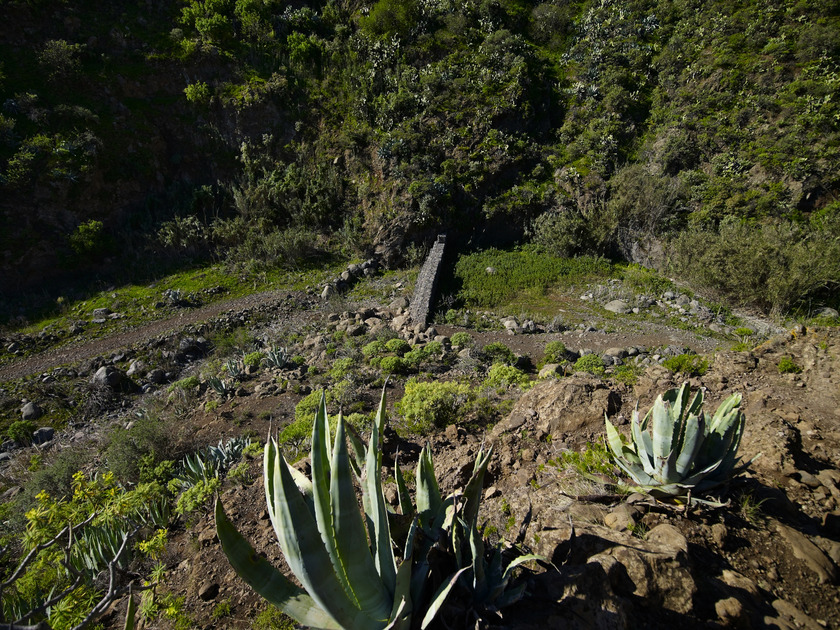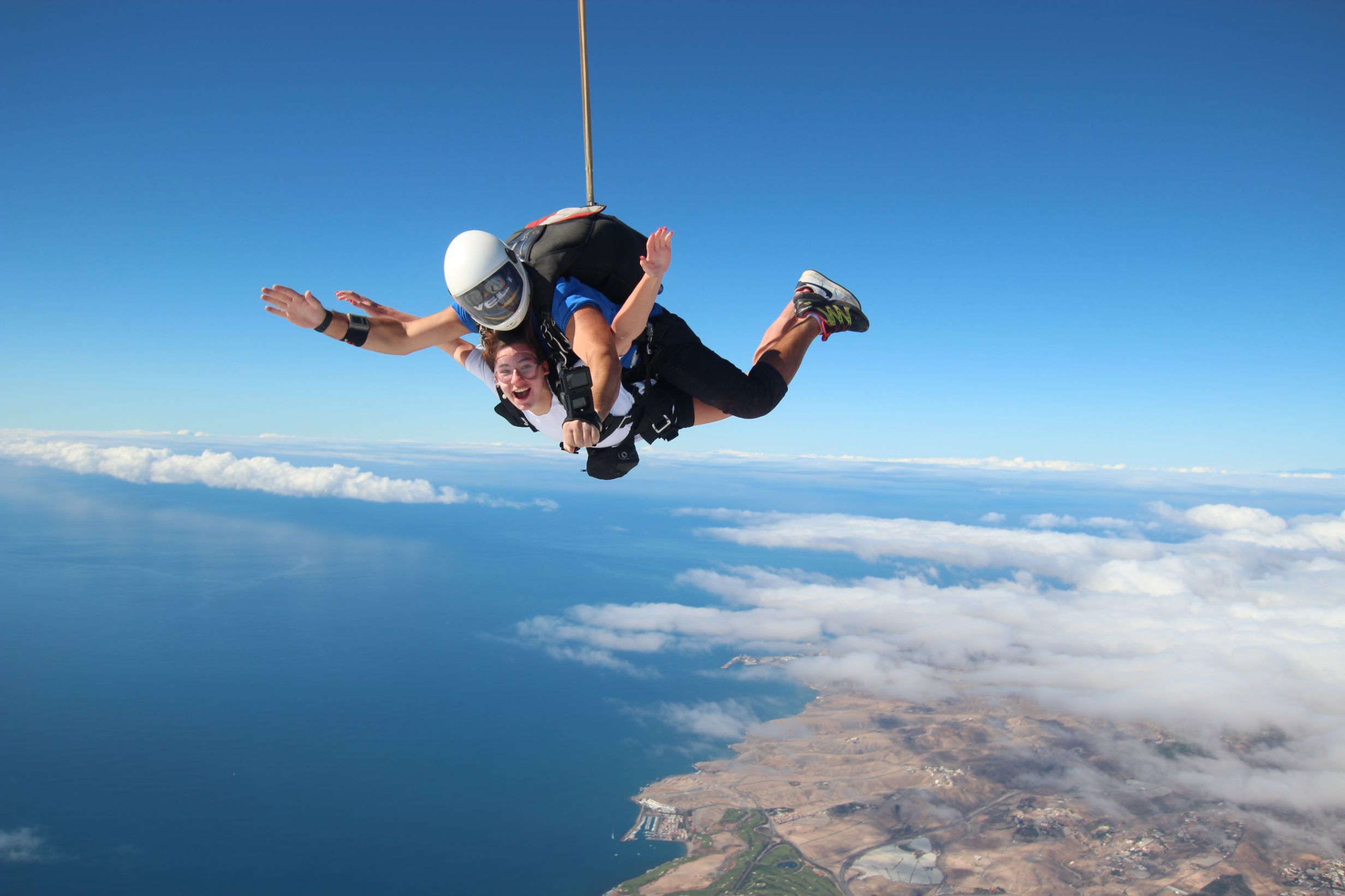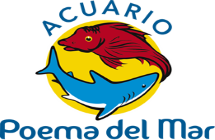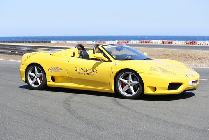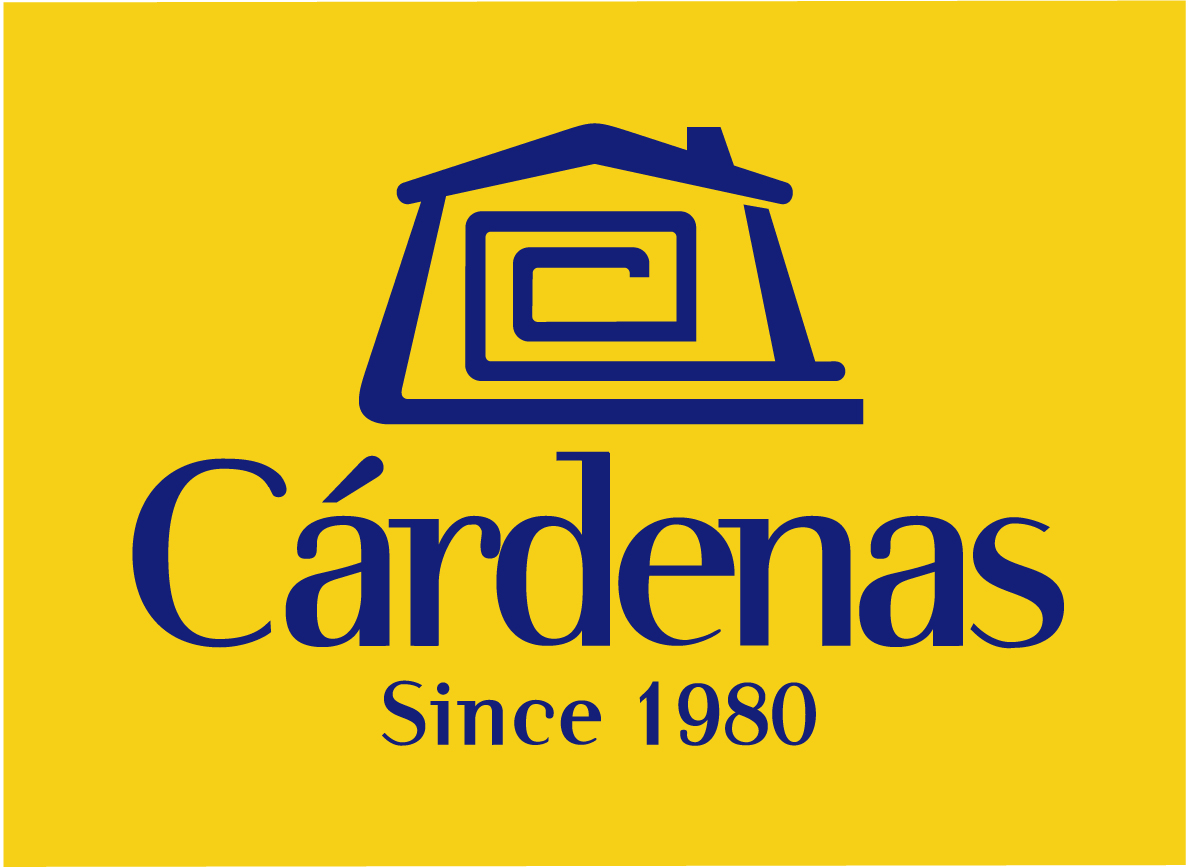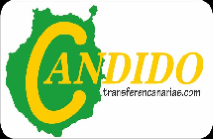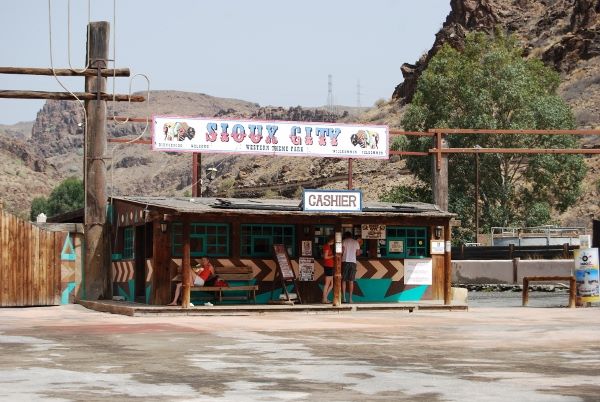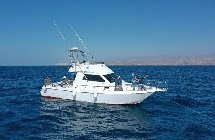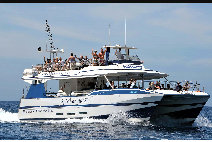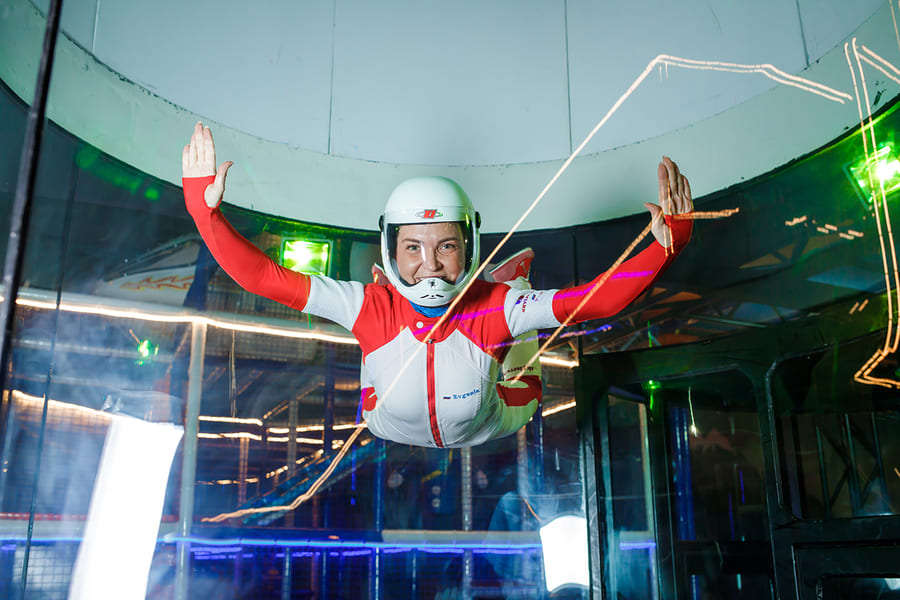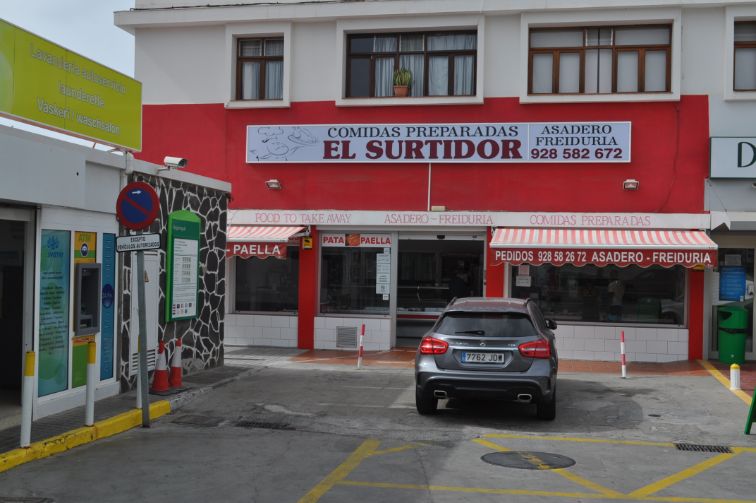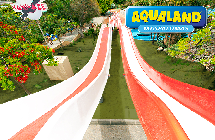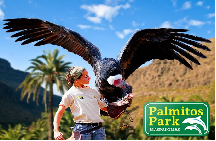Hiking Route 6. Valsequillo - Las Vegas
 Starting point:
Starting point:
Valsequillo Altitude: 550 m Destination:
Las Vegas Altitude: 612 m
Total Distance: 1890 m
Time to cover the Route: 50minutes
Direction of the Route: NE-SW
Maximum Difference in Altitude: 141 m
Difficulty rating: Low

![]() This is a route that formerly connected two traditional agricultural valleys, crossed by the San Miguel and Los Mocanes ravines. The surface is made up of material from the collapse of the Tenteniguada erosive caldera. The route runs for a distance of 1865 metres in a NE-SW direction and can be covered in about 50 minutes.
This is a route that formerly connected two traditional agricultural valleys, crossed by the San Miguel and Los Mocanes ravines. The surface is made up of material from the collapse of the Tenteniguada erosive caldera. The route runs for a distance of 1865 metres in a NE-SW direction and can be covered in about 50 minutes.
We shall start the route along a short, 130 m stretch of tarmac opposite Calvario, PO Start Valsequillo. We continue down the road to the E until we come to the beginning of a footpath after crossing the town of Chinchemy, where we will see crops of the famous Valsequillo strawberries.
The footpath starts to the right of a large pond at point: P1 Pond. The route leads down the side of the San Miguel ravine, where we shall pass a closed-up cave. There is an abundance of rock-dwelling species that are endemic to the Canary Islands, such as lavender (Lavandula canariensis), Canary sage (Salvia canariensis), mato de risco (Allagopappus dichotomus) or bejeque (Aeonium percarneum), accompanied by other species such as broom or verodes.
The footpath winds downhill for about 310 metres to the bed of the San Miguel ravine. Here, we shall find a wall built to retain the water that flows down the course with a view to facilitating infiltration to improve the water table, point: P2 Wall.
At this point, there is an interesting alternative that will take us to an archaeological site of great interest. Heading east through crops and pastures, we shall come to a gentle slope that will take us to El Roque. This is a rocky fortress at a distance of 900 m from P2, where there is a pre-Hispanic troglodyte settlement (Image F3). There are many caves on the north face of the ravine; in fact, the neighbourhood of Los Llanetes originated through the use of the native caves as homes or shelters.
Back on the main route towards Las Vegas, or directly if you did not take the optional section, we shall continue making our way up the channel. The vegetation now reflects the greater ambient humidity and several species alternate, such as white tajinaste (Echium decaisnei), blue tajintaste (Echium callithyrsum) endemic to Gran Canaria, venenilla (Bryonia verrucosa), May blossom (Pericallis webbii), verodes (Kleinia nerifolia), tabaiba (Euphorbia regis-jubae) endemic to the Canary Islands, dock (Rumex Lunaria).
If we move on about 440 metres, we shall find the point: P3 Vizcaínos Mill on the right, which is located in the bed of the ravine, and shows how productive uses have changed, as it is no longer used for grinding the grain and remains as a testimony of former cereal use.
Due to these changes, many of the old rural roads disappeared or were almost obliterated, and the footpath we shall now take to make our way up the left-hand bank has been recovered for hiking after losing its original use. We shall climb 360 metres to point: P4 Llanos de Cuba, where we shall see crops and the Los Llanos de Cuba well at the end of the footpath.
Here, we can enjoy a landscape of buildings of ethnographic value, embedded between crops. It is not very difficult to find extremely important vertebrate species endemic to the island, such as the Canary Island lizard or the Gran Canaria skink, which has two subspecies, as well as some birds, such as the Canary Island chiff-chaff (Phylloscopus collybita canariensis), exclusive of the islands or the Canary Island blue tit (Parus caeruleus teneriffae), a subspecies endemic to Gran Canaria of the four that exist in the Canary Islands.
After about 240 m along a footpath marked by a stone wall, next to some crops, we shall reach point: P5 paved track.
The crops gradually give way to houses and after walking 180 m we shall reach point: P6 Las Vegas school, where we shall turn right to make our way up a rather steep hill and, after 230 m, reach the end of the route at point: P7 End Las Vegas, at the foot of the main road between Telde and San Mateo, GC-41. We are in a neighbourhood where quality local cuisine will help us regain strength and where artisans offer products based on the best of our traditions.
Alternative initial section
Instead leave from Chinchemy, we can do so from La Silla Street and walk down to the cross-roads at point P3 opposite the Los Vizcainos Mill.
This option has the added attraction of enjoying the views of the upper section of San Miguel ravine and of the many cave houses that dot this part of the slope. It also enables us to enjoy a closer view of the mill.
On this route, the distance to point 3 is considerably shorter, about 410 m compared with 880 m, so the total distance is reduced to 1420 m against 1890 m for the full route. We can also use it as the final part of the route back to Valsequillo from Las Vegas. In this case, the round route would be 3060 m.





